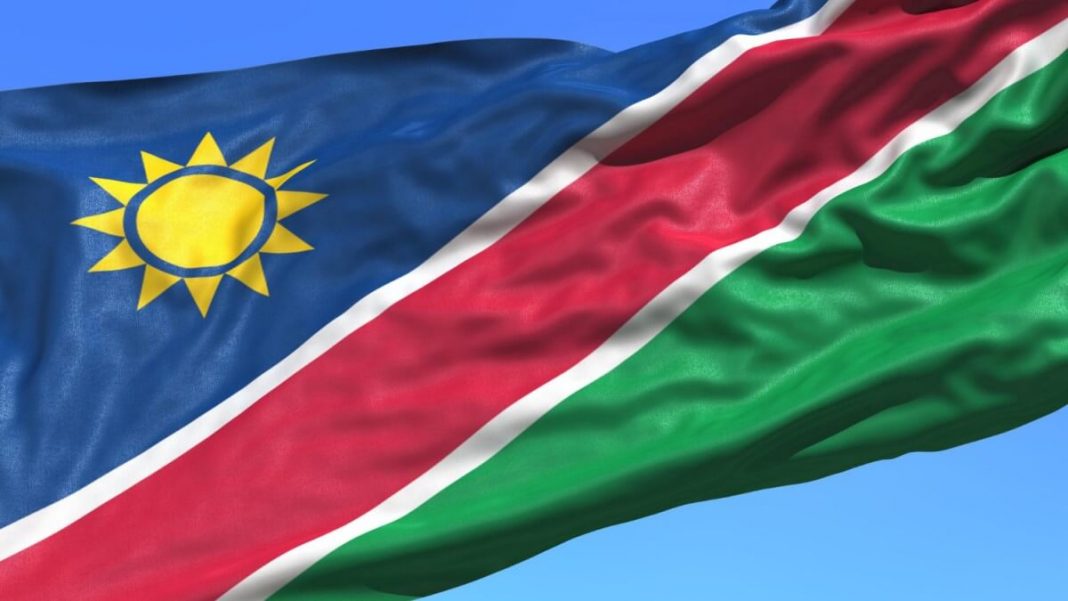The Namibian authorities have introduced visas on arrival at Walvis Bay Harbour port as of April 18, 2024.
The new policy, which aims to boost tourism and trade, has entered into force immediately, VisaGuide.World reports.
Apart from Walvis Bay Harbour, foreign travelers can also get visas on arrival services at other main entry points like Hosea Kutako International Airport and Walvis Bay Airport, as reported by XinhuaNet.
Other points that provide such services include several border posts, such as Trans Kalahari, Katima Mulilo, Ngoma, Impalila Island, Oshikango, Mohembo, Ariamsvlei, Noordoewer, and Oranjemund.
As further reported, this type of visa costs 1,200 Namibian dollars (around 63 U.S. dollars) and is valid for 90 days.
Etienne Maritz, the executive director of the Ministry of Home Affairs, Immigration, Safety and Security, noted that this policy aims to simplify entry procedures, improve accessibility for global travelers, and boost tourism and trade sectors.
By issuing visas at the point of arrival, the ministry aims to bolster convenience for travelers while sustaining security measures.
He further said that this initiative makes Namibia more welcoming and attractive to tourists and potential investors.
As a crucial entry point for maritime trade and tourism, Walvis Bay Harbour’s role in driving economic prosperity cannot be overstated.
International Arrivals in Namibia Increased by 98% in 2022
Namibia recorded 461,027 international tourist arrivals in 2022, according to the Namibian Ministry of Environment, Forestry and Tourism. Such a figure represented a significant increase of 98.1 percent compared to 2021, where the number of international arrivals accounted for 232,756.
Furthermore, this figure shows a recovery of 28.9 percent compared to tourist arrival in 2019, as noted by Pohamba Shifeta, the Namibian Minister of Environment, Forestry and Tourism.
This increase is a good indicator that the tourism industry is indeed on its way to recovery after an enormous decline experienced in the past two years due to the COVID-19 outbreak.
Regarding the season of travel, 53.1 percent of foreign visitors traveled between September and December, 36.1 percent between May and August, and 10.8 percent traveled between January and April.
Meanwhile, the top ten tourist markets were South Africa, Angola, Germany, Zambia, Botswana, France, the United Kingdom, the United States, Italy, and Switzerland.
